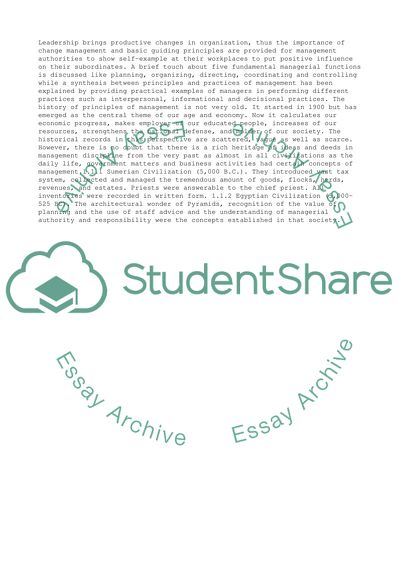Cite this document
(“Management in Organizations: Business Administration Essay”, n.d.)
Management in Organizations: Business Administration Essay. Retrieved from https://studentshare.org/management/1559484-management-in-organisationsit-is-the-name-of-the-subject
Management in Organizations: Business Administration Essay. Retrieved from https://studentshare.org/management/1559484-management-in-organisationsit-is-the-name-of-the-subject
(Management in Organizations: Business Administration Essay)
Management in Organizations: Business Administration Essay. https://studentshare.org/management/1559484-management-in-organisationsit-is-the-name-of-the-subject.
Management in Organizations: Business Administration Essay. https://studentshare.org/management/1559484-management-in-organisationsit-is-the-name-of-the-subject.
“Management in Organizations: Business Administration Essay”, n.d. https://studentshare.org/management/1559484-management-in-organisationsit-is-the-name-of-the-subject.


